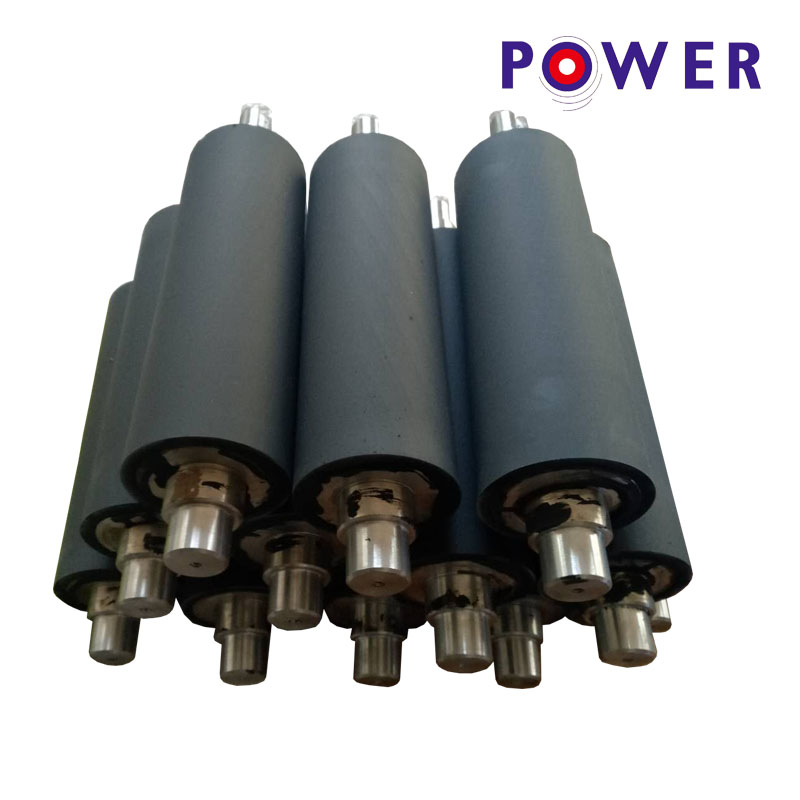The Production Process of Industrial Rubber Rollers

Industrial rubber rollers are essential components used in a wide range of applications across industries such as printing, manufacturing, agriculture, and packaging. The production process of rubber rollers involves several intricate steps to ensure the quality, durability, and performance of the final product. From material selection to finishing touches, each stage of production plays a crucial role in delivering reliable and efficient rubber rollers.
The first step in the production process of industrial rubber rollers is the selection of high-quality rubber materials. Natural rubber or synthetic rubber compounds are commonly used due to their desirable properties such as elasticity, abrasion resistance, and chemical resistance. The choice of rubber material depends on the specific requirements of the application and the environmental conditions in which the rubber roller will be used.
Once the rubber material is selected, it undergoes a mixing process where other additives such as curing agents, accelerators, and fillers are incorporated to improve the physical and mechanical properties of the rubber compound. This mixing process is carried out using specialized machinery to ensure a homogeneous and consistent blend of materials. Proper mixing is essential to achieve the desired characteristics of the rubber compound.
After the mixing process, the rubber compound is then shaped and formed into the desired size and dimensions of the rubber roller. This is done through various methods such as compression molding, injection molding, or extrusion. The shaping process is crucial in ensuring that the rubber roller has the right diameter, length, and surface profile to meet the specific requirements of the application.
Once the rubber roller is formed, it undergoes a curing process where it is exposed to heat and pressure to achieve cross-linking of the polymer chains within the rubber material. Curing helps to enhance the mechanical properties of the rubber roller, such as strength, resilience, and durability. The temperature and duration of the curing process are carefully controlled to ensure uniform curing throughout the rubber roller.
After curing, the rubber roller undergoes additional processing steps such as grinding, polishing, and coating to achieve the desired surface finish and dimensional accuracy. Grinding is performed to remove any imperfections or excess material from the surface of the roller, while polishing helps to improve the smoothness and surface quality. Coating processes may involve applying special coatings or treatments to enhance the performance and longevity of the rubber roller.
Finally, quality control measures are implemented throughout the production process to ensure that each rubber roller meets strict quality standards. Dimensional measurements, visual inspections, and performance tests are conducted to verify the integrity and functionality of the rubber rollers before they are released for use in industrial applications.
In conclusion, the production process of industrial rubber rollers is a complex and precise operation that involves careful selection of materials, meticulous processing steps, and rigorous quality control procedures. The craftsmanship and expertise required in manufacturing rubber rollers contribute to their reliability, durability, and performance in various industrial applications, making them indispensable components in modern industrial processes.

